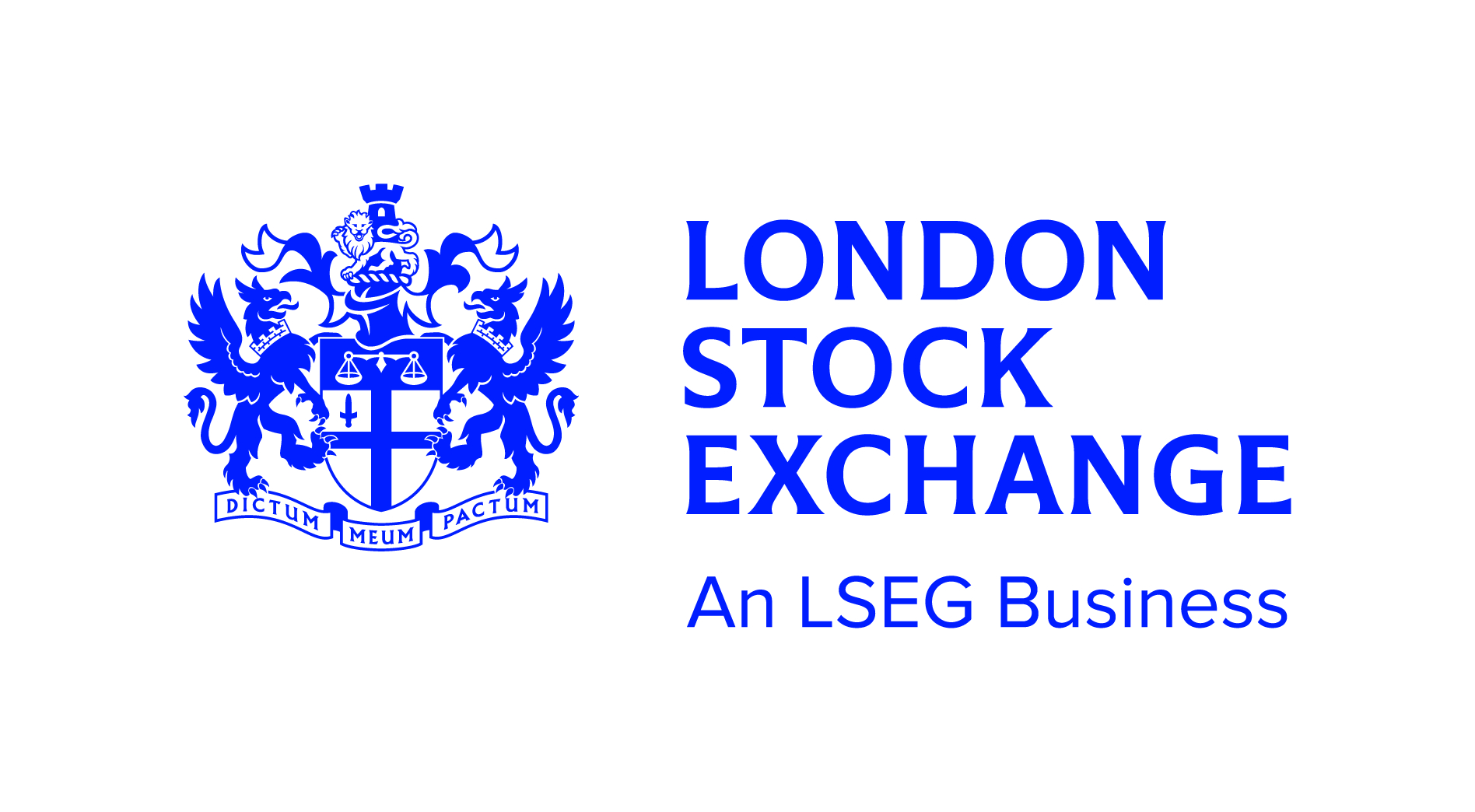UK gilt ETF investors have been in for a rough ride since outgoing Chancellor Kwasi Kwarteng’s ‘mini budget’, with the largest package of unfunded tax cuts in five decades sending asset prices tumbling and alarm bells ringing for complacent pension funds.
The 38-day Chancellor – whose PhD thesis was incidentally on events that crushed the UK’s currency in the 1600s – opted to write himself into the history books with extravagant spending plans that sent 30-year gilt yields to a two-decade-high.
This ‘fiscal event’ pulled the rug out from under the growing number of defined benefit pension schemes using debt-based liability-driven investments (LDI) to remain fully funded while making payments to pensioners.
These strategies either purchase bond repo contracts or – more often – open derivative positions offering up to seven-times leveraged exposure to ‘low risk’ assets such as UK gilts, so clients can generate returns to meet their payment obligations while hedging against inflation and interest rate risks.
It just so happens LDI scheme clients – pension funds – also use their most abundant assets such as long-dated gilts as collateral on these positions.
Peter Sleep, senior investment manager at 7IM, said: “Asset managers like LGIM love it because a pension fund comes along, gives them a pound, they borrow another five, on which they generate fees, and then they invest those six pounds into the bond market and then they get fees on that too.”
While it is obvious to say using debt-based, leveraged investments is riskier than just buying physical assets, LDI strategies helped pension schemes remain well-funded during the pre-COVID-19 decade of stability and in the ten years to 2021, UK assets housed in LDIs quadrupled according to the Investment Association.
Unfortunately, Kwarteng’s unscrutinised – though mostly signposted – tax cuts triggered a triple entente of downward pricing pressures in LDIs. The initial shock deflated the value of the schemes’ derivative-based hedges and the gilt-edged collateral posted against them, forcing pension funds to sell off their most abundant and liquid assets – usually UK gilts – to drum up cash to meet margin calls, so their LDI operators would not close their derivative positions.
Furthermore, as UK gilt prices collapsed, repo markets dried up as gilts went ‘on special’, with lenders receiving up to 15 basis points from those rushing to short-sell the assets, adding more downward pressure to prices.
The impact of all this on ETFs was largely negative. The longer-dated $67m SPDR Bloomberg 15+ Year Gilt UCITS ETF (GLTL) fell 25.7% in September, while on 27 September the $1.2bn iShares Core UK Gilts UCITS ETF (IGLT) briefly traded at a 1.08% discount to its net asset value (NAV), 180-times its historical average price deviation.
One upside is due to shorting activity, ETFs carrying out securities lending such as IGLT will have had the majority of their assets out on loan and made “a tonne of money”, 7IM’s Sleep said.
The outlook remains far from steady, however. As incoming Chancellor James Hunt pushes to reverse all of Kwarteng’s tax proposals, the Bank of England ponders to what extent it will continue buying UK gilts.
This uncertainty prompted the London Stock Exchange to widen its spread limit on gilts to a considerable 5% on Thursday, to encourage market makers to continue trading the assets.
Related articles







